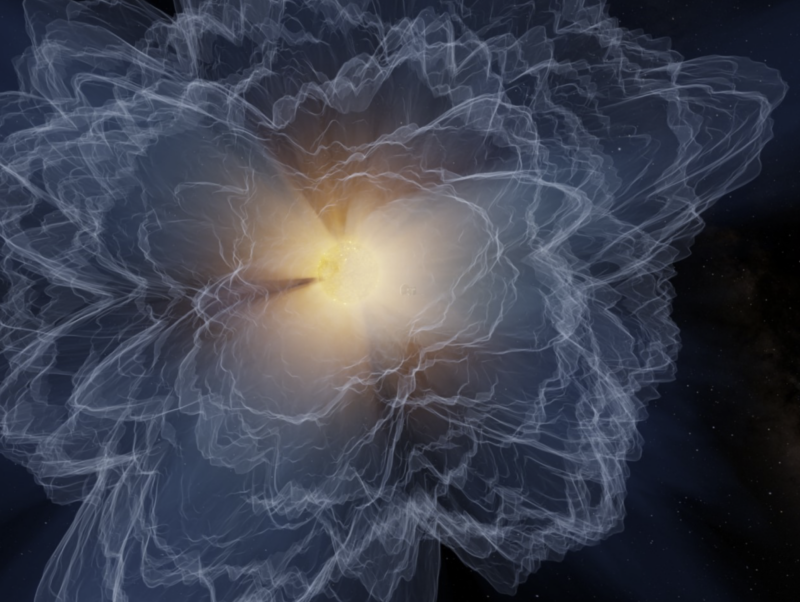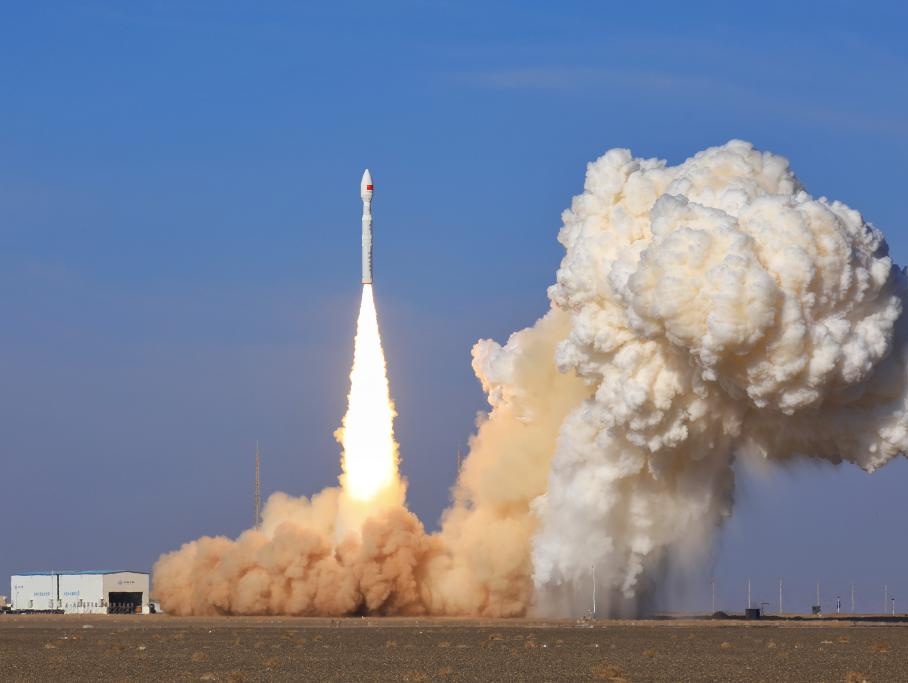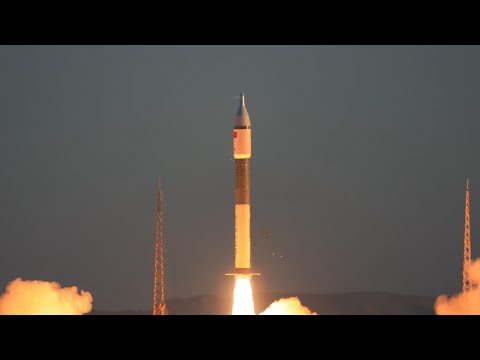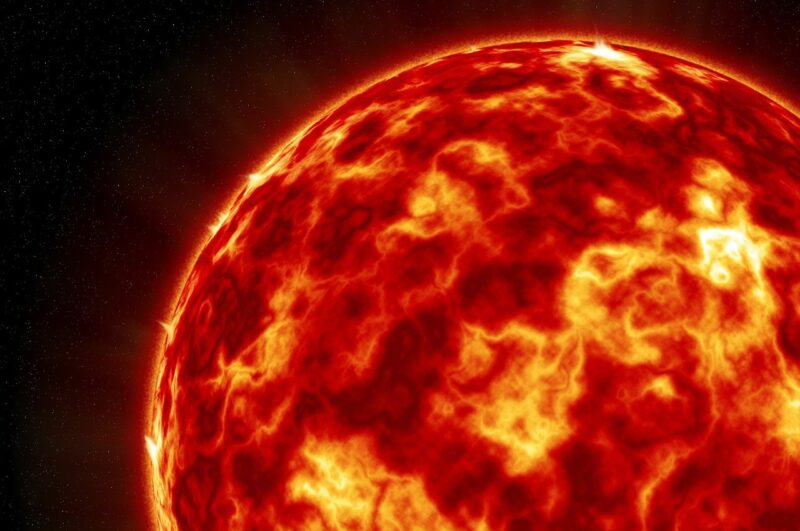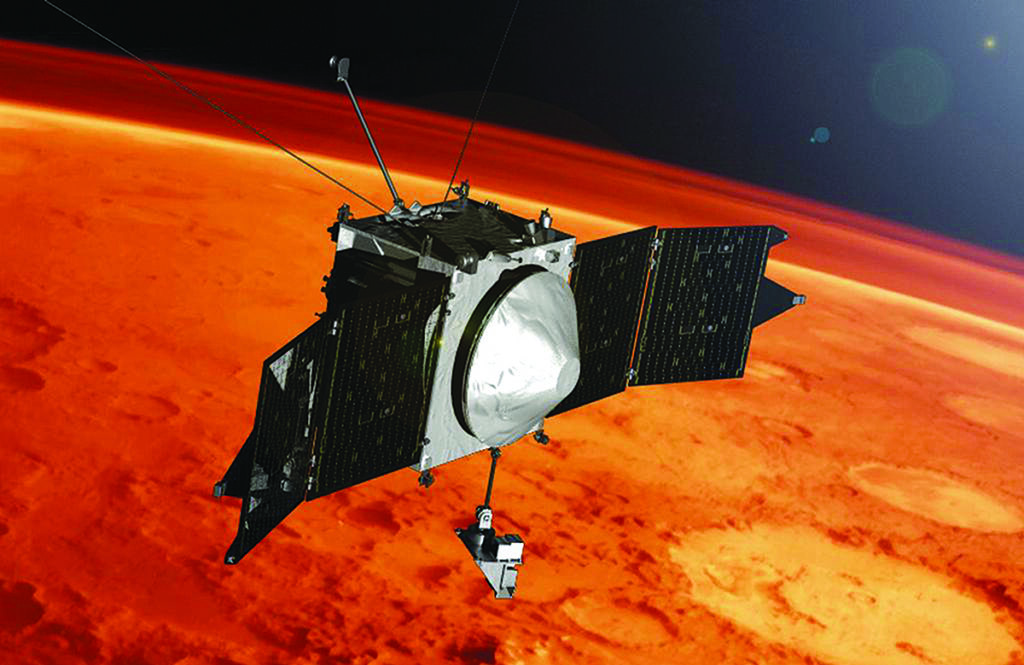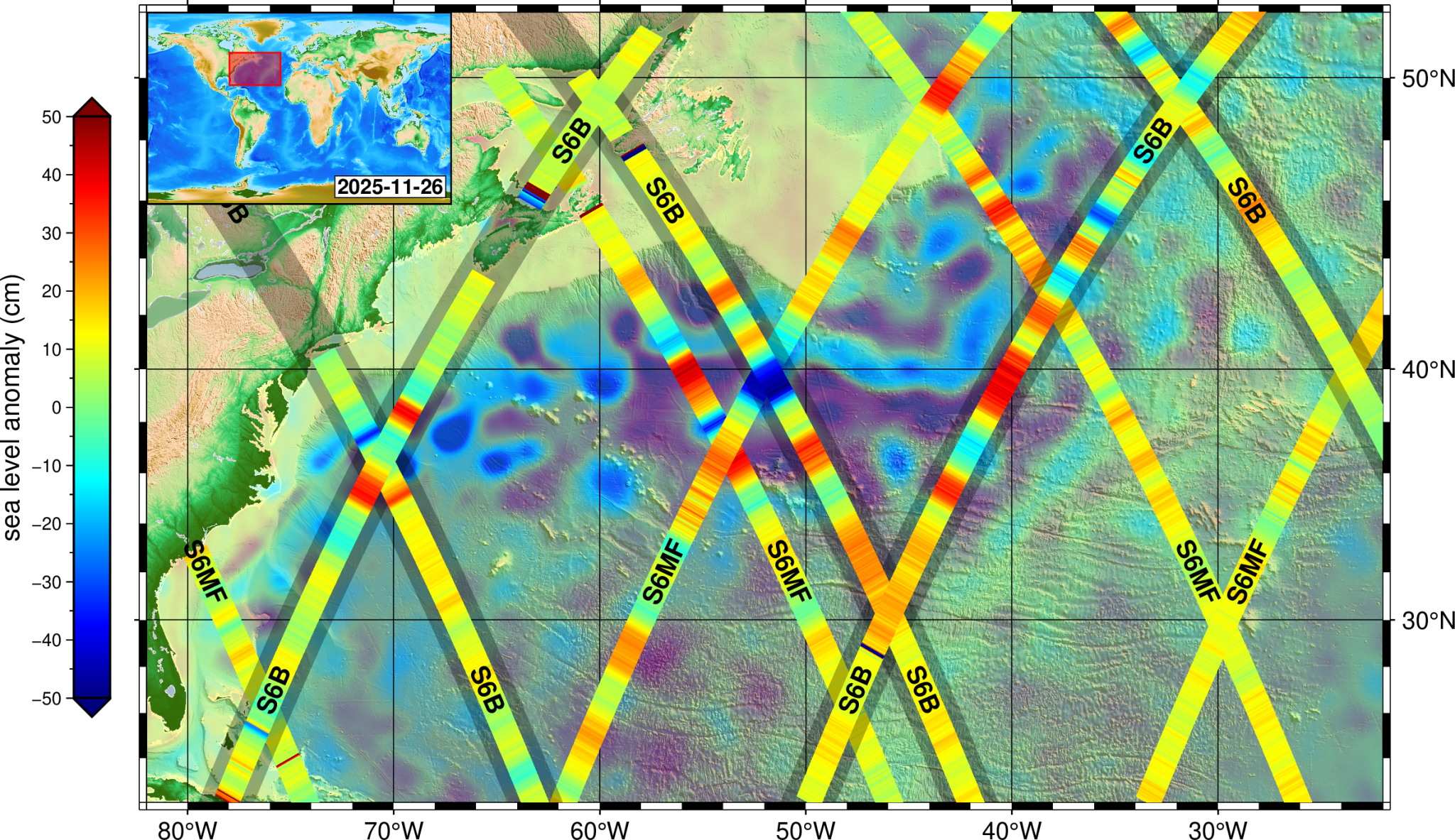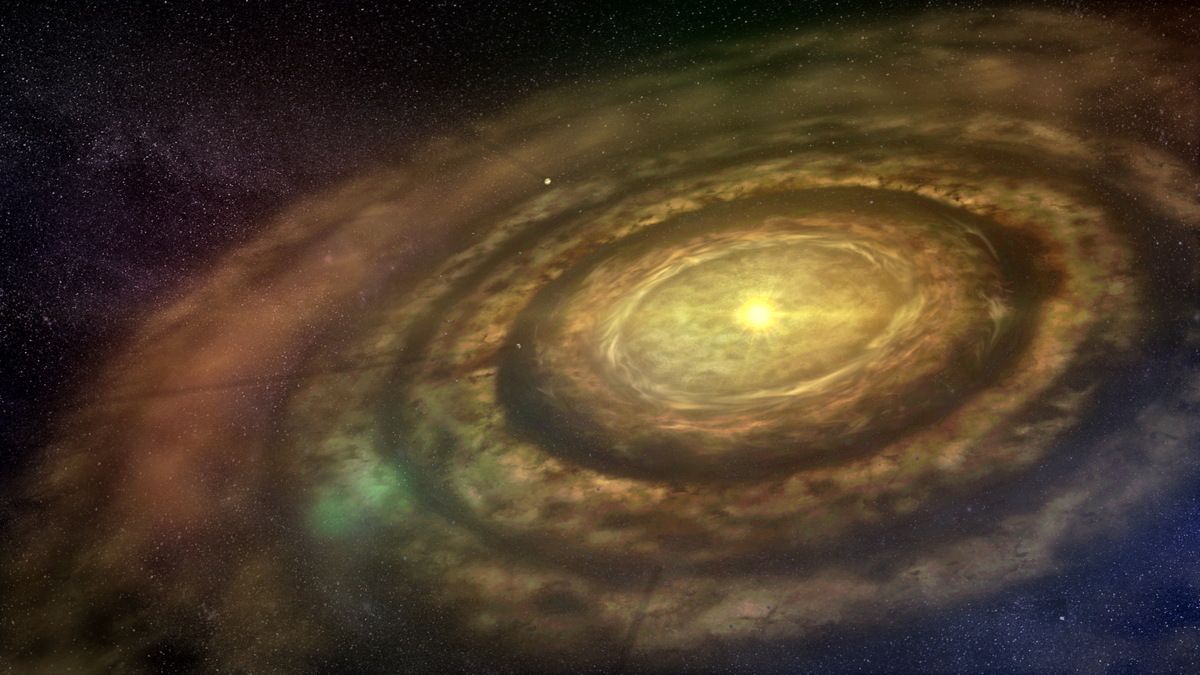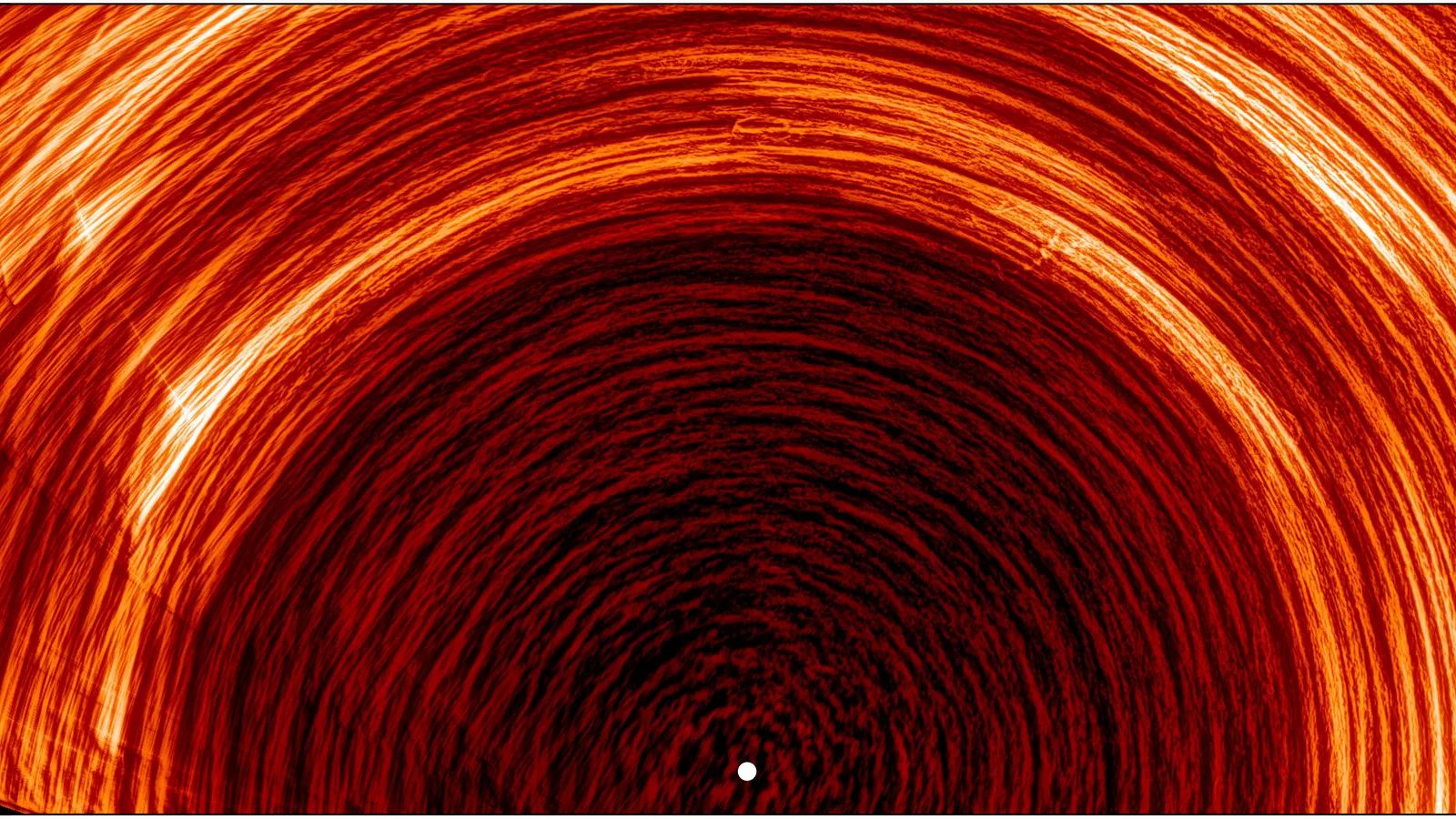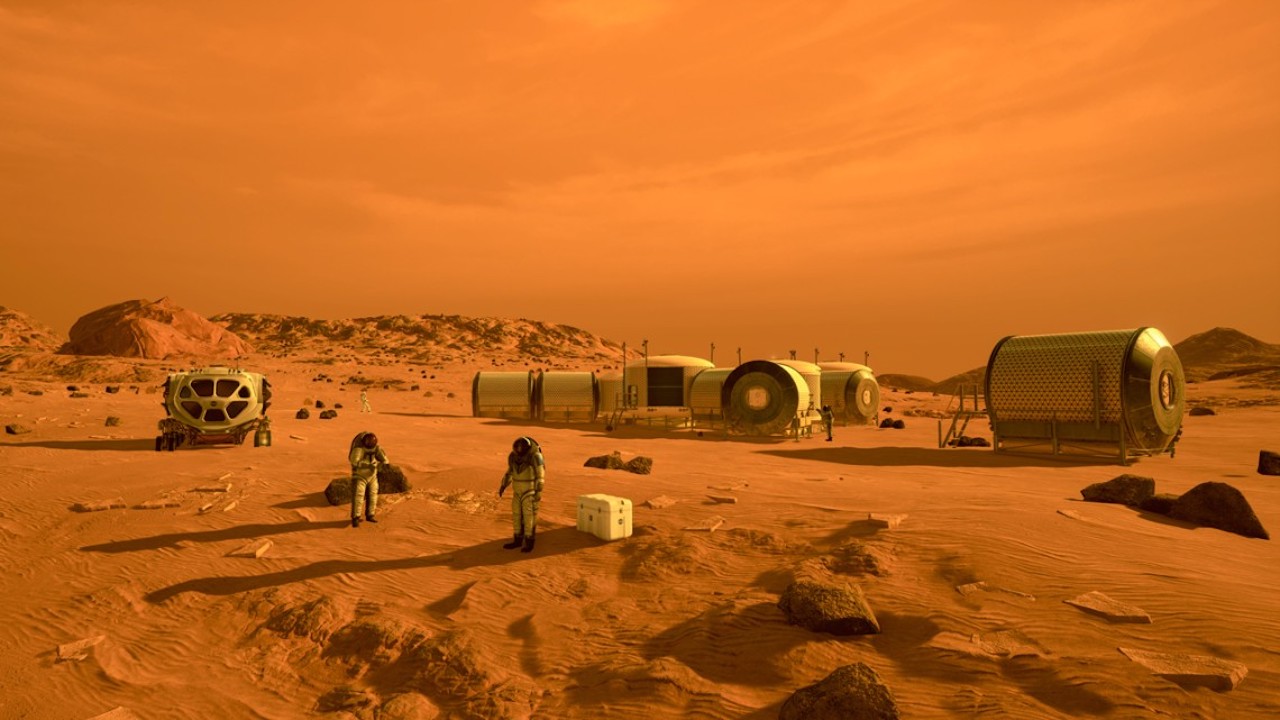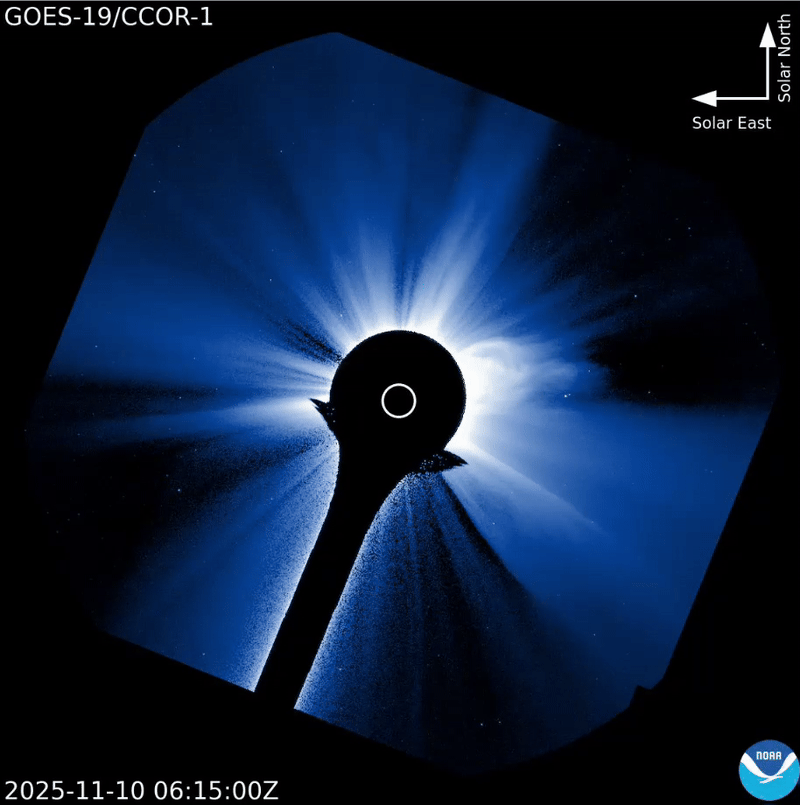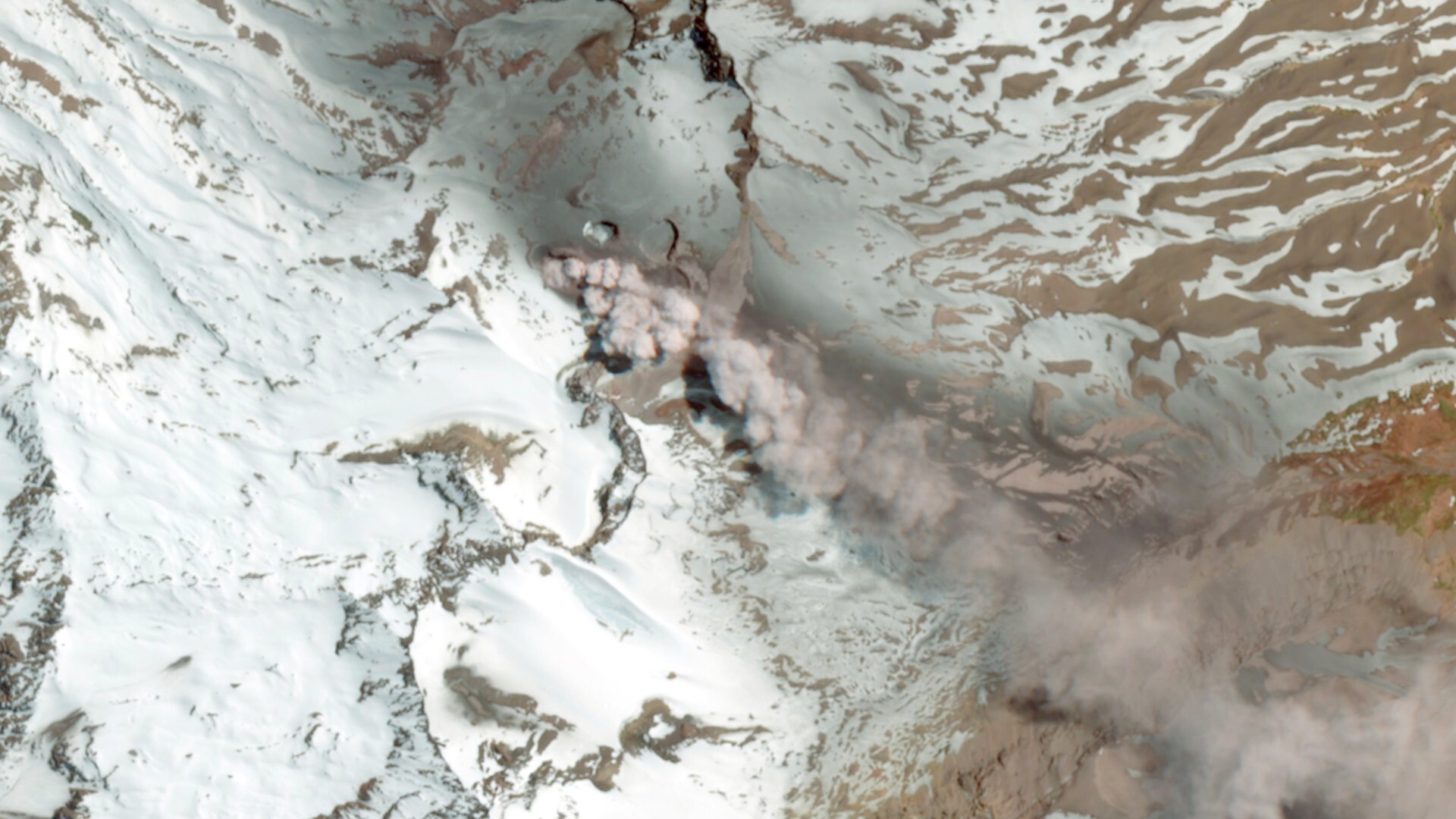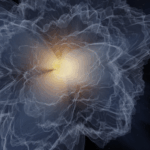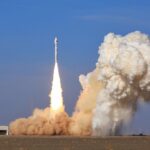WASP-39b 3D model cross sections. Shown are the local gas temperature, Tgas (left) and cloud dust-to-gas mass ratio, ρdust/ρgas (right). The values are derived from the 3D GCM results
Water isn’t just delivered to planets by comets and asteroids — it can also be forged as worlds form, a new study finds. For decades, scientists have debated the origin
In a striking new view from space, the European Space Agency’s Solar Orbiter has given scientists their first close-up glimpse of the sun’s magnetic field near its south pole —
Astrophotography has exploded in popularity, thanks to incredible advancements in the best camera technology, such as improved sensor ability and astro-specific autofocus. Some of the best cameras for astrophotography from
If the skies are clear these next few nights, take a few moments to look up. You just might be lucky and catch a glimpse of a spectacularly bright meteor
Essential info: Price: $79.99 / £69.99 Model number: 60446 Number of pieces: 717 Dimensions: 6 x 39 x 29 cm (2.5 x 15.5 x 11.5-inches) Recommended age: 7+ We’re absolutely
Recent reports suggest that NASA is looking to accelerate its lunar landing timeline — partly to ensure that America returns to the moon before China does. The echoes of the
Editor’s note: The sun unleashed a third X-class solar flare on Nov. 11. Clocking in at X5.1, it is the biggest solar flare this year and could impact Earth on
On Oct. 25, 2025, Europe’s Sentinel‑2 satellite mission captured a striking image of the Planchón-Peteroa volcanic complex, located on the border between Chile and Argentina, emitting a plume of ash
SpaceNews, JHU Bring Together Space Leaders to Discuss Commercial and Government Space Collaboration
Washington, D.C. — November 10, 2025 — SpaceNews, the leading source of global space industry reporting and analysis, partnered with the Johns Hopkins University Bloomberg Center to launch a new
-
 012024 in Review: Highlights from NASA in Silicon Valley
012024 in Review: Highlights from NASA in Silicon Valley -
 02Panasonic Leica Summilux DG 15mm f/1.7 ASPH review
02Panasonic Leica Summilux DG 15mm f/1.7 ASPH review -
 03From Polymerization-Enabled Folding and Assembly to Chemical Evolution: Key Processes for Emergence of Functional Polymers in the Origin of Life
03From Polymerization-Enabled Folding and Assembly to Chemical Evolution: Key Processes for Emergence of Functional Polymers in the Origin of Life -
 04How New NASA, India Earth Satellite NISAR Will See Earth
04How New NASA, India Earth Satellite NISAR Will See Earth -
 05And Thus Begins A New Year For Life On Earth
05And Thus Begins A New Year For Life On Earth -
 06Astronomy Activation Ambassadors: A New Era
06Astronomy Activation Ambassadors: A New Era -
07SpaceX launch surge helps set new global launch record in 2024



